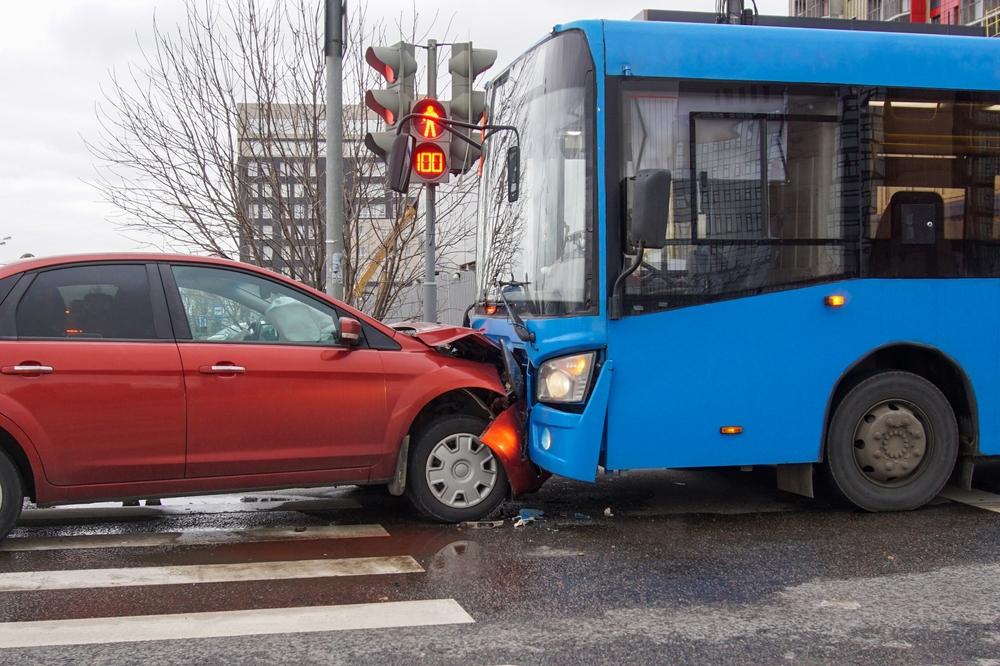If you’re grappling with the loss of a loved one due to someone else’s negligence, it makes sense to pursue justice and financial compensation by filing a wrongful death lawsuit. A crucial step in this journey is comprehending the wrongful death lawsuit statute of limitations in Nevada. This article serves as a guide for surviving family members, offering essential information on wrongful death claims, the time limits involved in filing a lawsuit in Nevada, the burden proof required to be successful, and the importance of having an experienced attorney on your side.
Understanding Wrongful Death Claims
Wrongful death claims arise when the negligence or misconduct of another party results in a person’s death. The key elements of such claims often include establishing that the defendant (the individual allegedly responsible for the wrongful death) had a duty of care, breached that duty of care, and that the breach directly led to the death. Circumstances leading to wrongful death claims vary, including car accidents, medical malpractice, or even accidents at the workplace. These claims are avenues for families to seek accountability and compensation for the emotional and financial toll caused by the untimely death of a loved one. For further exploration of common wrongful death scenarios, check out our related blog post, “Exploring 4 Common Wrongful Death Lawsuits with a Wrongful Death Attorney in Reno”.

Date of Discovery in Wrongful Death Cases
This date of discovery determines when the clock starts ticking for the statute of limitations—a time limit for filing a wrongful death lawsuit. This date is not necessarily the moment of the incident but rather when it becomes known or should have been known. In simpler terms, if you become aware of potential negligence or wrongdoing related to your loved one’s death later on, that’s the starting point for your legal timeframe. This ensures fairness, giving you the necessary time to gather information and decide on legal action. When we refer to the “statute of limitations on a wrongful death lawsuit,” we’re referring to the time limits you need to be aware of when considering legal steps after discovering the incident. Knowing the relevant statute of limitations is important. If you miss the deadline to file a wrongful death lawsuit, you might be unable to pursue a financial award, even if you are entitled to compensation.
Let’s consider a scenario to illustrate the importance of the date of discovery in wrongful death cases: imagine a scenario where a construction worker tragically loses their life due to a workplace accident. Initially, it appears to be a straightforward incident caused by a malfunctioning piece of equipment. The victim’s family, devastated by the loss, assumes the incident was purely accidental. Months later, during a routine inspection by workplace safety authorities, they discover evidence pointing to the employer’s negligence. It turns out that the equipment had not undergone regular maintenance as required by safety regulations, and the employer was aware of this lapse but failed to address it. This critical information, unearthed during the inspection, reshapes the understanding of the incident. In this case, the date of discovery shifts from the date of the accident to the date when authorities uncover the employer’s negligence. This becomes the starting point for the statute of limitations, providing the victim’s family with a new window of opportunity to pursue legal action. The family, armed with this newfound evidence, can now file a wrongful death claim against the employer, seeking justice for their loved one’s untimely death.
Nevada’s Statute of Limitations for Wrongful Death
In Nevada, the wrongful death lawsuit statute of limitations is two years—that means you have a two-year window to file a wrongful death lawsuit. This period commences from the date of your loved one’s passing or the date when the wrongful death was discovered, i.e. the date of discovery.
While this timeframe is generally strict, there are exceptions outlined in the Nevada Revised Statute 11.250(1). Specifically, the tolling process automatically suspends the statute of limitations for individuals under 18 until they reach the age of majority. For example, if a child loses both parents in a car accident at the age of 10, the countdown to file a wrongful death lawsuit will commence when the child turns 18. Despite this extended timeframe, legal experts strongly recommend taking prompt action to avoid potential complications and ensure a smoother process.
Wrongful death in Nevada is categorized as a civil cause of action, allowing legal action to be brought by either the executors of the victim’s estate or the surviving family members. The hierarchy of eligible family members, in descending order of seniority, includes the victim’s spouse, domestic partner, children, parents, siblings, and the closest surviving family member. Regardless of who brings forth the wrongful death claim, strict adherence to the statute of limitations is imperative. Missing the filing deadline for wrongful death claims isn’t just a procedural hiccup; it comes with legal consequences. The court is likely to dismiss the case, leaving the family without the opportunity to seek justice and compensation for their loss. Our blog post “5 Steps on How to File a Wrongful Death Lawsuit in Nevada” provides detailed insights to help you navigate this process.
What is the Burden of Proof for Wrongful Death?
In a wrongful death case, it’s up to the family or representatives of the family to prove that the person responsible acted wrongly, negligently, or recklessly, directly causing the loved one’s death. Intent doesn’t matter, but showing these actions and their impact is crucial. The significance of compelling evidence cannot be overstated—it goes beyond mere allegations and requires concrete proof that establishes a clear link between the defendant’s actions and the wrongful death. This evidence may encompass medical records, eyewitness accounts, expert testimonies, or any other relevant documentation that substantiates the claims.
How a Wrongful Death Attorney Can Assist
When faced with the unexpected loss of a family member, the emotional toll can be overwhelming, compounded by the financial challenges that often follow. Coping with bills and the uncertainty of what comes next can be paralyzing, making the thought of pursuing legal action seem like a distant priority. However, it’s crucial to recognize the ticking clock associated with the statute of limitations. If, in the midst of grief, legal action is deferred, the risk of missing the deadline becomes a real concern.
A wrongful death attorney provides legal expertise and support for timely and effective filings. With a deep understanding of Nevada’s specific regulations, a lawyer ensures that all necessary steps are taken within the two-year statute of limitations. Attorneys can swiftly assess the circumstances surrounding the wrongful death, gather essential evidence, and initiate necessary legal actions promptly. By engaging an attorney early in the process, surviving family members can maximize the potential for a fair and just resolution.
From understanding the burden of proof to navigating the statute of limitations, this article has aimed to provide valuable insights about wrongful death lawsuits in Nevada. For additional information and resources, please visit our Wrongful Death page. If you’re looking for a wrongful death attorney serving Carson City, Reno, and Greater Nevada, the experienced team at Friedman & Throop is ready to assist you on the path to seeking justice for your family. Contact us today!



